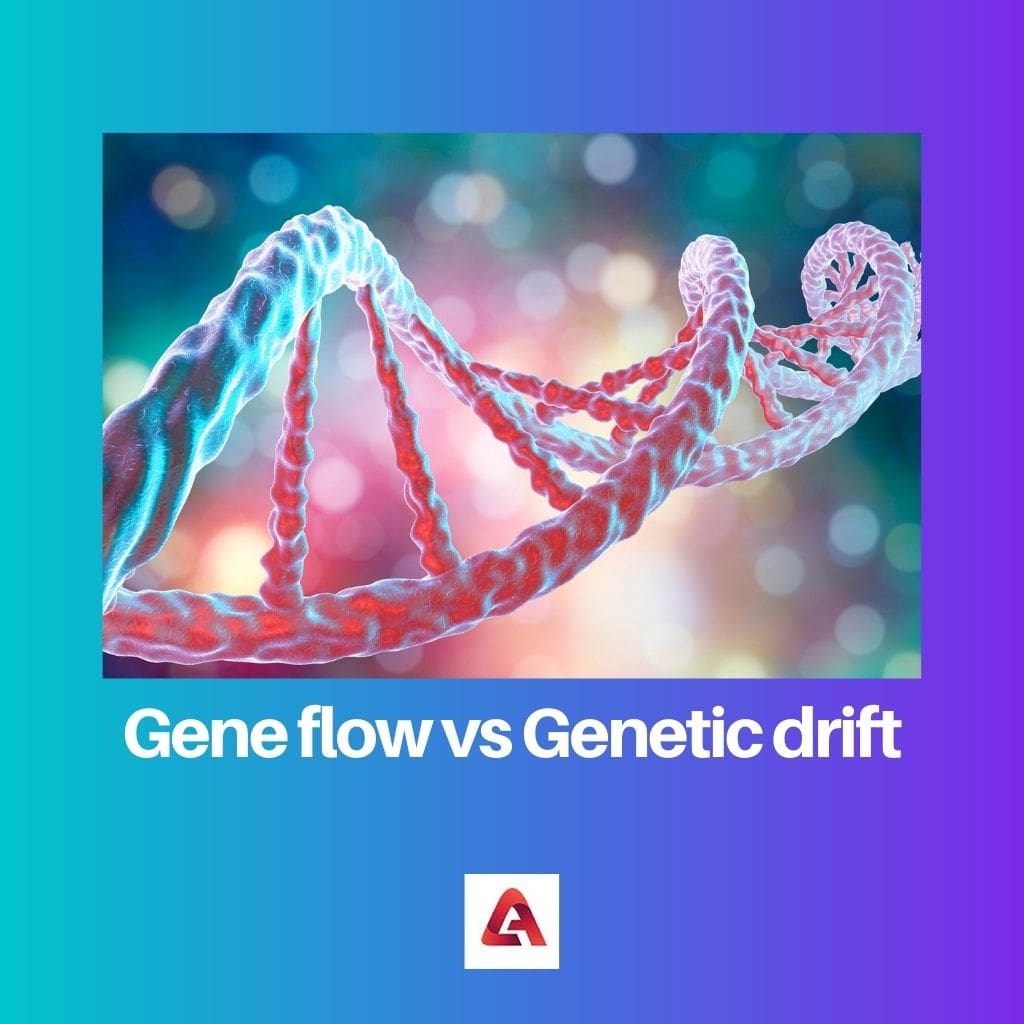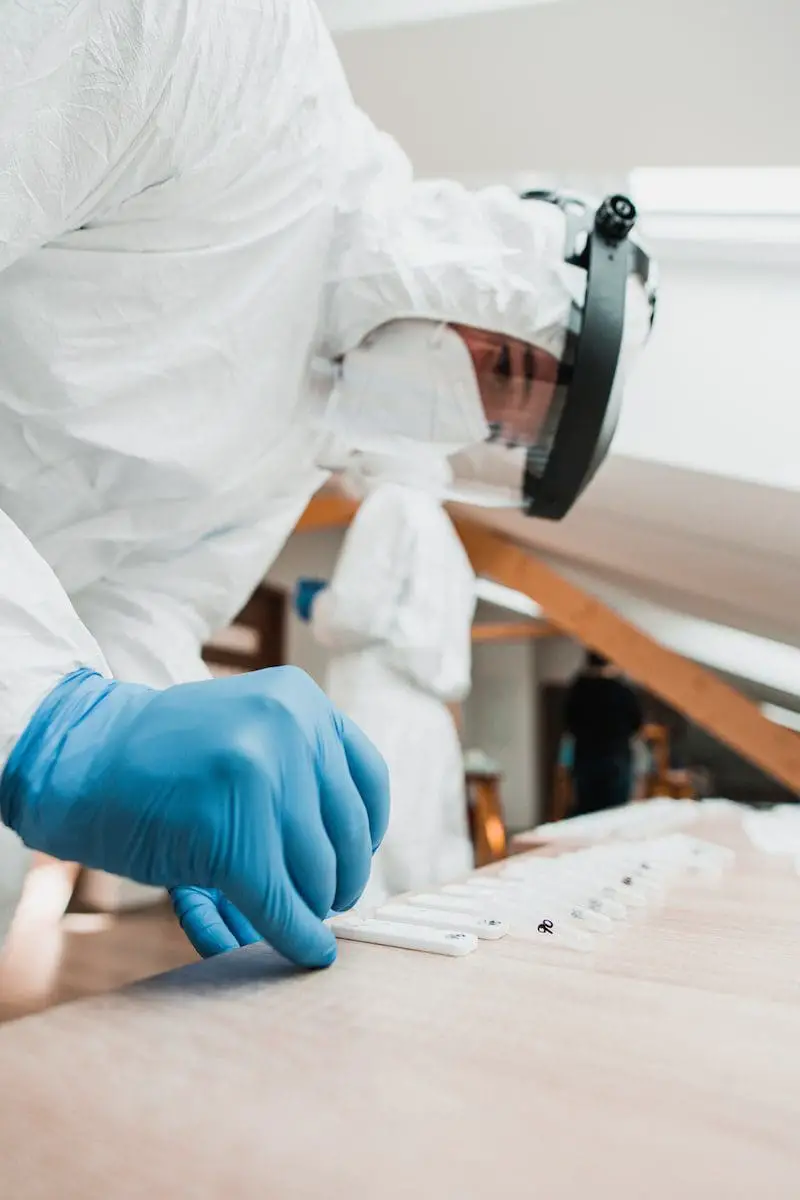When a living being (human, animal, or plant) is born, they tend to have different features. They have their characteristics.
These characteristics include the shape of the nose or eyes, behaviour, disability, etc. Every person is unique in their way, but there is a resemblance to some extent with their parents or even with their family members like grandparents or siblings.
There is a scientific reason behind such resemblance, known as genetic traits. Every living thing has some genes within them, which are transmitted to the next generation through reproduction.
Genes are sequences of nucleotides in RNA and DNA, which are fused during coitus(sexual intercourse) or pollination in the case of plants. Genes determine the hereditary traits of parents to their offspring.
Reproduction can be done in opposite sexes. So, when a male sperm fuses with a female ovary, it carries genes within them, and even the female ovary has its genes when an offspring is born; they tend to have few characteristics of both parents.
Key Takeaways
- Gene flow is the transfer of genetic material between populations through migration, mating, or the dispersal of gametes, resulting in the sharing of alleles.
- Genetic drift is the random change in the frequency of alleles within a population due to chance events, such as the survival or reproduction of individuals, which can lead to changes in genetic diversity over time.
- Both gene flow and genetic drift contribute to the evolution of populations, but gene flow increases genetic variation within populations, while genetic drift can reduce it.
Gene Flow vs Genetic Drift
The difference between gene flow and genetic drift is that gene flow is caused by the migration of organisms into new different populations. In contrast, genetic drift is the result of a reduction of population or a new whole population.

Comparison Table
| Parameters of Comparison | Gene flow | Genetic drift |
|---|---|---|
| Causes | Caused due to migration | Caused due to random sampling |
| Chances of changes | Higher chance | Lower chances |
| population | It happens only when new genes are entered into another new population. | This can happen by forming another smaller group from a larger population(founder effect). |
| Alteration | It does not entirely alter the pre-existing genes. | It alters pre-existing genes. |
| Impact on next generations | Genes are multiplied in new populations. | Genes can sometimes vanish (bottle effect). |
What is Gene Flow?
Gene flow is the transfer or migration of genes or genetic variations. This happens when one population mixes with another population. Gene flow happens when a new set of genes is entered into one population, creating a different set of combinations of traits.
When a set of genes fuses with different genes, the more dominating alleles can lead to showing more characteristics in offspring.
For example, when an Indian boy ( brown skin colour, black hair) migrates to Europe and mates with a European female(blonde hair, white skin colour), their offspring might have characteristics of both parents, like black hair and white skin.
And when that mixed gene offspring mates further, it will create another new combination of genes and the cycle will continue. Entering new or foreign genes into one population where those genes did not persist before is known as gene flow.
Gene flow is considered healthy for any population from a biological perspective.

What is Genetic Drift?
Genetic drift refers to changes in allele frequencies from one generation to the next generation of a population due to several reasons. Genetic drift can be considered as diminishing a set of genetic variations of one generation.
When genetic drift happens, it lowers the chances of passing those particular genes to the next generation, further decreasing the chances of migration of those genes.
There are possibly two causes of genetic drift, those are:-
- Bottle effect- when a population dies due to some calamity or mishappening.
- Founder effect- when a minor group emerges within a population, making its group.
Genetic drift can lead to fashioning one whole type of gene. And leading it to extinction.
For example, dinosaurs are extinct; no other animal has the genes of dinosaurs. It can be classified under the bottle effect.
It can be understood by one more example when a disabled man(blind) is married to a normal female, who is out of their family background, and their offspring is expected, so somewhere those genes of disability(blindness) will vanish gradually in further generations.

Main Differences Between Gene Flow and Genetic Drift
- Gene flow is caused by the migration of alleles from one population to another, while genetic drift is caused due to random sampling.
- Gene flow happens by moving out of one kind of population, whereas genetic drift can happen within a population in the case of the founder effect.
- There are higher chances of gene flow alteration than genetic drift.
- In gene flow, the transmission of alleles and their multiplication in a further generation is more likely; on the contrary, in genetic drift, in the case of the bottle effect, genes are diminished in future generations.
- In gene flow, it does not alter the persisting alleles but alters the pre-existing alleles in genetic drift.

- https://www.sciencedirect.com/science/article/pii/0040580977900454
- https://onlinelibrary.wiley.com/doi/abs/10.1111/mec.15221

I found this article fascinating. It’s amazing to think about the intricacies of genetics and how they shape living beings.
Absolutely, it’s a fascinating field to explore. The parallels between gene flow and genetic drift are particularly interesting.
I’m glad you found it fascinating. I couldn’t agree more. The complexities of genetics are truly intriguing.
Interesting read. The examples provided to explain gene flow and genetic drift make it easier to understand such complex concepts.
I found the examples presented in the article very illustrative. They helped in visualizing the concepts of gene flow and genetic drift.
I couldn’t agree more. The examples really brought the concepts to life.
Absolutely, Russell Ken. The examples were very effective in enhancing the understanding of these genetic concepts.
Great article. Very informative and well-explained. The gene flow vs genetic drift comparison was very helpful in understanding the differences between the two.
I completely agree. The details about gene flow and genetic drift were quite enlightening.
Good job on this article. The distinction between gene flow and genetic drift is very well-explained.
I appreciate the detail in this article. The explanation of the differences between gene flow and genetic drift was particularly helpful.
I agree, Ray28. The article did a great job of highlighting the contrasts between gene flow and genetic drift.
The article provides valuable insights into gene flow, genetic drift, and their impact on genetic diversity. A very well-articulated piece.
I couldn’t agree more, Kirsten. It’s a well-structured and insightful article.
The article provided a comprehensive understanding of genetic traits and hereditary characteristics. Gene flow and genetic drift are crucial concepts for understanding evolution.
Absolutely, understanding these concepts is paramount in understanding evolutionary biology.
The comparison table provided a clear breakdown of gene flow and genetic drift. It’s helpful to see the differences side by side.
I don’t entirely agree with the points made in the article. I think there are some oversimplifications and generalizations being made about genetic drift and gene flow.
I see your point, Eva45. It’s important to critically analyze the information presented and consider alternative perspectives.